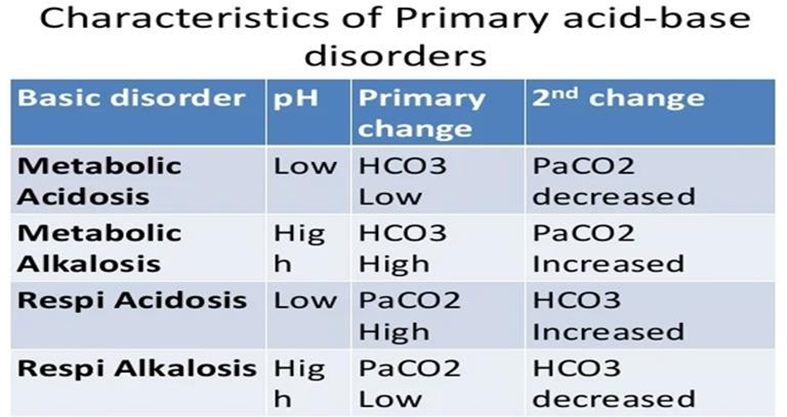The nurse is teaching a client about management of heart disease. What strategy can the nurse implement to promote learning in the affective domain?
Have the client return demonstrate self-measurement of blood pressure
Ask the client what he needs to know about the diagnosis
Encourage the client to discuss his feelings about his health status
Provide brochures on current exercise and nutrition guidelines
The Correct Answer is C
C. Encourage the client to discuss his feelings about his health status: This option directly targets the affective domain by facilitating the expression and exploration of the client's emotions, attitudes, and beliefs related to their health status. Discussing feelings can help the client process emotions such as fear, anxiety, or frustration, and can promote emotional coping, self-awareness, and acceptance, all of which are important aspects of affective learning.
A. This option primarily involves the psychomotor domain, as it focuses on the client's ability to perform a physical skill (self-measurement of blood pressure). While this activity may indirectly influence the affective domain by building the client's confidence and sense of empowerment in managing their health, its primary focus is on the acquisition of motor skills.
B. This option engages the cognitive domain by encouraging the client to identify and express their informational needs about their diagnosis. While this approach can help address cognitive aspects of learning, such as knowledge acquisition and understanding, it may not directly target the affective domain unless the client's emotional responses and concerns are explicitly addressed.
D. Providing educational materials on exercise and nutrition guidelines can contribute to cognitive learning by imparting information about health behaviors but it may not directly address the affective domain unless the content specifically addresses emotional or motivational aspects of behavior change. However, if the brochures include content that inspires or motivates the client to adopt healthy lifestyle changes by appealing to their values, beliefs, or emotions, then it could indirectly influence the affective domain.
Nursing Test Bank
Naxlex Comprehensive Predictor Exams
Related Questions
Correct Answer is D
Explanation
D. In metabolic acidosis, the pH would be low (acidemic) and the HCO3 level would be below the normal range. In the provided ABG results, the pH is low (acidemic) and the HCO3 level is below the normal range, indicating metabolic acidosis.
A. In respiratory alkalosis, the pH would be elevated (alkalotic) and the PaCO2 would be below the normal range (hypocapnia). However, in the provided ABG results, the pH is low (acidemia) rather than high, ruling out respiratory alkalosis.
B. In respiratory acidosis, the pH would be low (acidemic) and the PaCO2 would be above the normal range (hypercapnia). However, in the provided ABG results, the PaCO2 is within the normal range, ruling out respiratory acidosis.
C. In metabolic alkalosis, the pH would be elevated (alkalotic) and the HCO3 level would be above the normal range. However, in the provided ABG results, the pH is low (acidemic) and the HCO3 level is below the normal range, ruling out metabolic alkalosis.

Correct Answer is ["C","D"]
Explanation
C. Providing relief from pain and other distressing symptoms is a fundamental aspect of hospice care. The nurse should assess the client's pain level and other symptoms such as dyspnea, coughing, and restlessness, and intervene accordingly. This may involve administering analgesics, antitussives, or other medications as appropriate to alleviate discomfort and promote comfort and quality of life.
D. Placing the bed in semi-Fowler's position (with the head of the bed elevated) can help improve respiratory mechanics, ease breathing, and reduce respiratory distress in clients experiencing dyspnea. This position allows for better lung expansion and can facilitate the drainage of respiratory secretions, thereby promoting comfort and alleviating symptoms. This intervention does not typically require a medical order and can be implemented by the nurse based on clinical assessment.
A. Calling for transportation to the hospital may not be necessary or appropriate in this situation, especially considering that the client is under hospice care and experiencing changes in respiratory status and restlessness, which could be indicative of end-of-life processes. Hospice care focuses on providing comfort and symptom management in the home setting, and hospitalization may not align with the client's goals of care at this stage.
B. Initiating low-flow oxygen per nasal cannula may be appropriate to provide comfort and relieve hypoxia if the client is experiencing respiratory distress. However, this intervention would typically require a medical order, as oxygen therapy should be prescribed based on assessment findings and clinical indications.
E. Administering anti-anxiety medications may be considered if the client is experiencing significant anxiety or agitation that is distressing and impacting their comfort. However, the decision to administer anti-anxiety medications should be based on thorough assessment and consideration of the client's overall condition, goals of care, and potential risks and benefits. This intervention would typically require a medical order.
Whether you are a student looking to ace your exams or a practicing nurse seeking to enhance your expertise , our nursing education contents will empower you with the confidence and competence to make a difference in the lives of patients and become a respected leader in the healthcare field.
Visit Naxlex, invest in your future and unlock endless possibilities with our unparalleled nursing education contents today
Report Wrong Answer on the Current Question
Do you disagree with the answer? If yes, what is your expected answer? Explain.
Kindly be descriptive with the issue you are facing.
